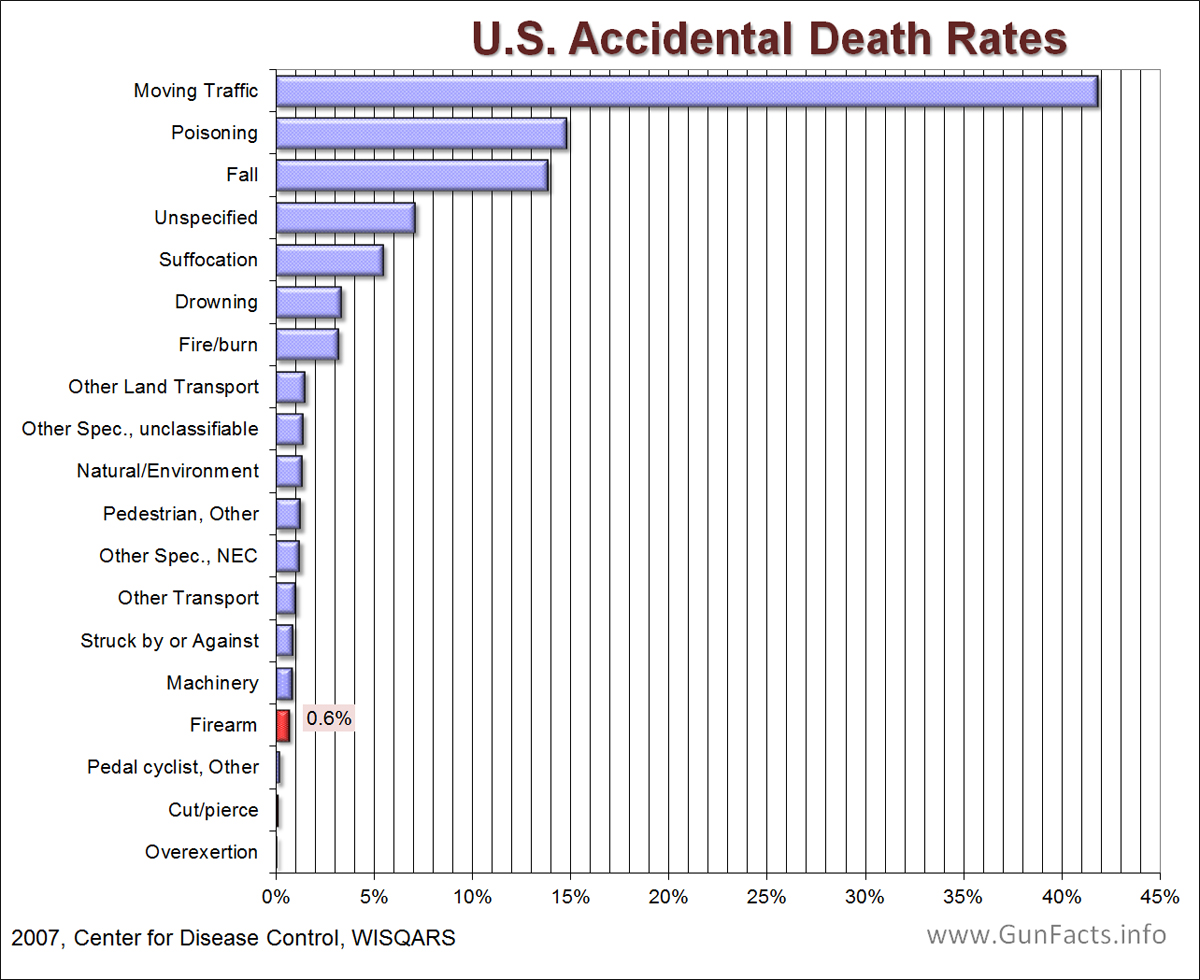Standard police equivalency for private citizens
Standard police equivalency for private citizens
Many people think that having more guns in public is a good thing, that if more people were armed, those with bad intentions would be less likely to act. In theory, it sounds great. The reality of the situation is something altogether different.
.......................
It raises some very important points about what happens to people when they are actually in a shoot out. Its very easy to shoot a paper target, but when that target is shooting back, and you know it, everything changes.
I know how J. Pete Blair acquired his training and subsequent ideas on police tactics, ‘Police Systems and Practices’; most of this was being put into practice during the early 1990s, in Texas, by a group of tactical firearms trainers, as well, FBI trainers in weapons and investigation, a behavioural science specialist, and forensic psychologists.
Blair’s teaching and training is based on earlier work, as well, studies, which, in turn, were based on the training practices of an elite police shooting team, where some took to training officers in firearms use.
The training, which went far beyond any other training in firearms use and was far superior to any training provided by the military, to personal inductees, and when available, was limited to special forces, and tactical shooters and snipers.
Given that such military personal has specialized training available, and it’s development came from military groups, the group in Texas took the training much further; they also tailored it to police use (domestic populations) where police detectives were made available extensive tactical weapons training, which was passed down, as less intensive training for police personal who were assigned to dangerous duty.
Compared to the standard inductee military training, the Texas police training program was much more, in terms of firearms use, knowing how to use, and detecting when to use weapons, proficient. This was the less intensive program, which was ( maybe still is) available on weekends (Saturday) eight hour training sessions, lasting six weeks.
The military, army and navy, uses far less time and expense to train in firearms tactics. Further proficiency is learned by experience, yet often this experience creates its own problems.
There are groups of tactical weapons experts in the military; however, the training is not tailored for domestic use; the best possible weapon training for police and private individuals would be similar to what was developed in the state of Texas, and modified to what may be now the standard training programme used by various police departments in many states. This would be the instruction provided, as a result of training procedures developed in Texas.
The costs of private training towards an equivalent training programme would be prohibitive for most laypersons. What is feasible and more readily acceptable, would be a basic firearms safety and use training, which might be standardized and implemented for all those who choose to carry concealed weapons.

